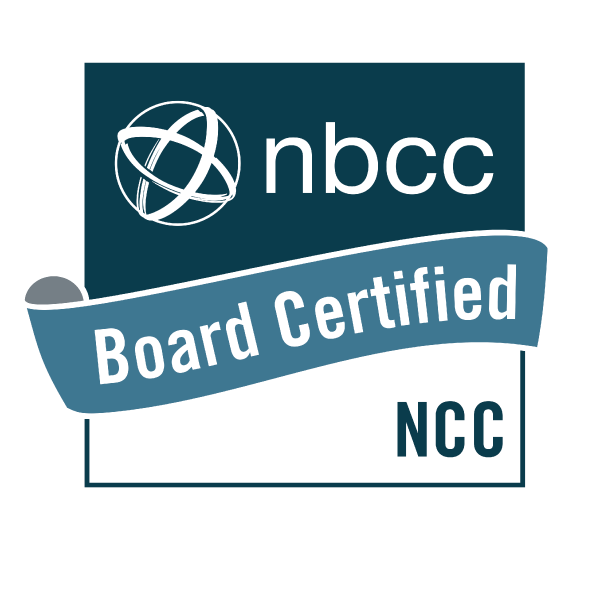Vision
The Balm Center strives to cocreate holistic wellness for individuals and families by equipping them with the tools to be successful and empowering them with the confidence to experience healthier ways of being.
Mission
The Balm Center seeks to motivate individuals and families to their full potential, allowing them to live more fulfilling and rewarding lives.
See Services
Vision
The Balm Center strives to cocreate holistic wellness for individuals and families by equipping them with the tools to be successful and empowering them with the confidence to experience healthier ways of being.
Mission
The Balm Center seeks to motivate individuals and families to their full potential, allowing them to live more fulfilling and rewarding lives.
Seven Core Values
Excellence
We provide quality programs and services
Integrity
Our behavior and attitude reflect our values and promote mutual respect.
Vision
We operate with purpose.
Attentiveness
We use effective listening to offer relevant and resourceful service.
Partnership
We partner with clients and other community organizations to meet client needs.
Knowledge
We plan, implement, evaluate, and use continuing education and feedback to improve programs and services.
Self-Efficacy
We empower clients to understand their own capabilities for producing desired successes and outcomes.
Therapy Approaches
Expressive Therapy
This form of treatment uses creative activities to help you share and process feelings and memories that may be hard to put into words. It’s also called expressive arts therapy, art therapy, creative arts therapy, or experiential therapy.
Expressive Interventions:
* arts and crafts
* dance and creative movement
* music
* creative writing
* drawing
Trauma Focused-Cognitive Behavioral
Trauma Focused- Cognitive Behavioral Therapy (TF-CBT) is an evidence-based treatment for children and adolescents impacted by trauma and their parents or caregivers. It is a components-based treatment model that incorporates trauma-sensitive interventions with cognitive behavioral, family, and humanistic principles and techniques. TF-CBT has proved successful with children and adolescents (ages 3 to 18) who have significant emotional problems (e.g., symptoms of posttraumatic stress disorder, fear, anxiety, or depression) related to traumatic life events. It can be used with children and adolescents who have experienced a single trauma or multiple traumas in their lives.
Play Therapy
Play therapy is to children what counseling is to adults. Play therapy utilizes play, children's natural medium of expression, to help them express their feelings more easily through toys instead of words.
Play Interventions:
* creative visualization
* storytelling
* role-playing
* toys and games
* puppets, stuffed animals, and masks
* dolls, action figures
* water and sand play
* blocks and construction toys
Cognitive Behavioral Therapy
Cognitive behavioral therapy (CBT) is an evidence-based psychotherapeutic treatment that helps people learn how to identify and change destructive or disturbing thought patterns that have a negative influence on behavior and emotions. Cognitive behavioral therapy focuses on changing the automatic negative thoughts that can contribute to and worsen emotional difficulties, depression, and anxiety. These spontaneous negative thoughts have a detrimental influence on mood. Through CBT, these thoughts are identified, challenged, and replaced with more objective, realistic thoughts.
Dialectical Behavior Therapy
Dialectical behavior therapy (DBT) is an evidence-based therapy that balances acceptance and change. DBT helps individuals to examine problem behaviors. Then, work to develop new more effective skills to manage painful emotions and decrease relationship conflicts. DBT specifically focuses on teaching individuals skills in the four key areas of mindfulness, interpersonal effectiveness, emotion regulation, and distress tolerance, leading to increased healthy coping.
Family Systems Theory
Bowen family systems theory is a theory of human behavior that views the family as an emotional unit and uses systems thinking to describe the unit’s complex interactions. It is the nature of a family that its members are intensely connected emotionally. Often people feel distant or disconnected from their families, but this is more feeling than fact. Families so profoundly affect their members’ thoughts, feelings, and actions that it often seems as if people are living under the same “emotional skin.” People solicit each other’s attention, approval, and support, and they react to each other’s needs, expectations, and upsets. This connectedness and reactivity make the functioning of family members interdependent. A change in one person’s functioning is predictably followed by reciprocal changes in the functioning of others. Families differ somewhat in their degree of interdependence, but it is always present to some degree. Credit: Bowen Center
Eye Movement Desensitization and Reprocessing
(EMDR) Therapy
Eye Movement Desensitization and Reprocessing (EMDR) is a psychotherapy treatment that is designed to alleviate the distress associated with traumatic memories. EMDR is a method which was initially used for the treatment of post-traumatic stress disorder. But it is now being used in different therapeutic situations. EMDR is an eight-phase treatment method. History taking, client preparation, assessment, desensitization, installation, body scan, closure and reevaluation of treatment effect are the eight phases of this treatment .
Gestalt Therapy
Gestalt therapy is a form of psychotherapy that is centered on increasing a person's awareness, freedom, and self-direction. It's a form of therapy that focuses on the present moment rather than past experiences. Gestalt therapy is based on the idea that people are influenced by their present environment. Each individual works to achieve personal growth and balance. Gestalt therapy focuses on the use of empathy and unconditional acceptance. This helps individuals get rid of distress by learning how to trust and accept what they feel. Gestalt therapy can help clients with issues such as anxiety, depression, low self-esteem, relationship difficulties.
Let's Talk
The first step in therapy is talking. Let's find a time where we can meet and talk about your therapeutic needs.


